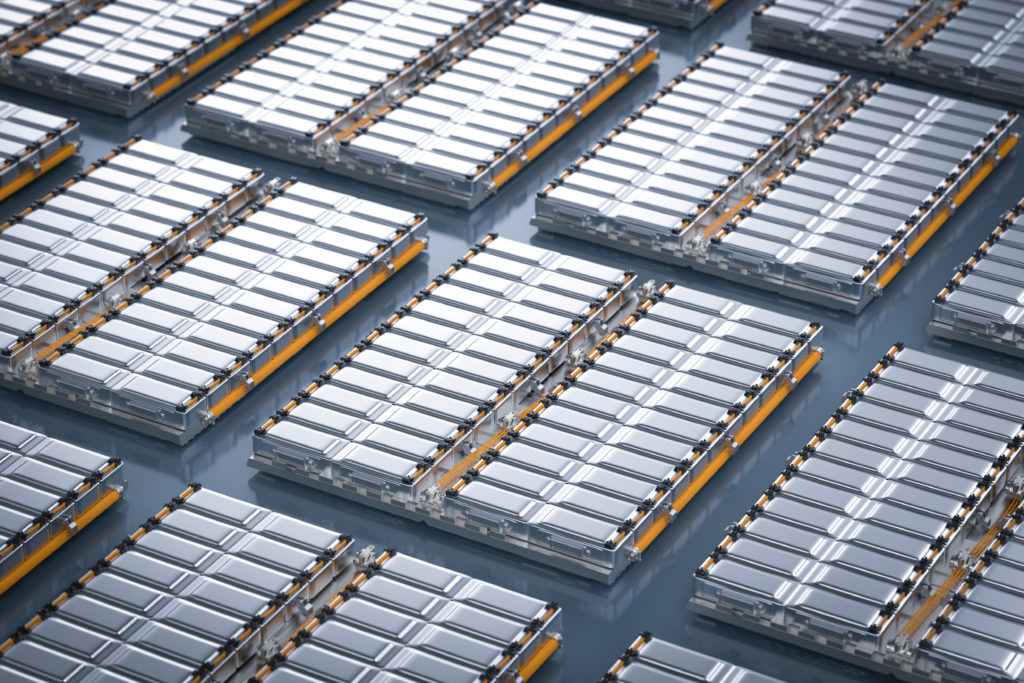
Lithium iron phosphate (LFP) batteries have garnered attention and gained popularity in recent years.
Having superior fire safety, longer life, and lower cost, they became a preferred choice in many industries, particularly in electric transportation and stationary energy storage. Automakers like Tesla, Ford, and Volkswagen have favored LFP recently.
Tesla CEO Elon Musk championed LFP battery technology dominated by Chinese suppliers, saying in March, “the vast majority of the heavy lifting for electrification will be iron-based cells,” Automotive News Europe reported.
The global LFP battery market is projected to grow from $10 billion in 2021 to $50 billion by 2028, according to Fortune Business Insights.
Currently, IEA says LFP batteries represent close to 30% of all EV batteries, with over 90% of the batteries currently made in China.

However, a shortage of phosphate, one of the key components of the LFP battery, could hurt the industry as soon as 2026, according to First Phosphate CEO John Passalacqua.
“Nickel Manganese Cobalt (NMC) technology is great, but when it comes down to the practicality of creating mass adoption, of getting as many vehicles onto the road as possible, getting as many people driving, the LFP is clearly winning,” Passalacqua told MINING.COM.
Graphic: The Six Major Types of Lithium-ion Batteries
“Phosphate in North America is depleting. In terms of purified phosphoric acid (PPA), you cannot create any more of it. It’s already being used for food. There’s not a lot of extra capacity for the battery, but batteries are going to require a lot more PPA,” Passalacqua said.

Currently, 10% of the PPA produced goes into batteries, with the other 90% used in fertilizer, animal feed, the food industry, and other industries like electronics, pharma, and fire safety.
Around 95% of the world’s phosphate is found in heavy metal-laden sedimentary rock, and only 4% is found in clean igneous carbonatite rock.
First Phosphate holds a total of 1,500+ sq. km of royalty-free land claims in the Saguenay-Lac-St-Jean Region of Quebec, consisting of rare anorthosite igneous phosphate rock that generally yields high-purity phosphate material. The company announced on Monday new drill results from its Bégin-Lamarche property in Quebec.
“With the traditional sedimentary deposits, only 10% can be turned into PPA. So we have the right rock to make a lot of purified phosphoric acid, and we have the right deposits to be able to make them,” said Passalacqua.
“There’s no way the current producers of PPA can keep up without new feedstock. And in order to make a lot of purified phosphoric acid, that feedstock has to be igneous rock. A possible shortage could start by 2026 and get really bad by 2028.”
First Phosphate is targeting 90,000 tonnes of LFP cathode active material production by 2032 following the discovery of two main zones with multiple open pit accessible phosphate-bearing layers.
Shares of the company were down 1.89% Tuesday afternoon. First Phosphate has a market capitalization of C$25 million ($17 million).